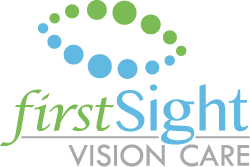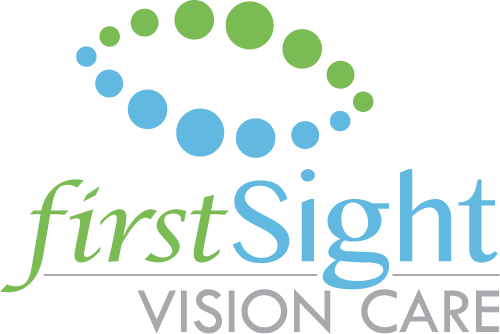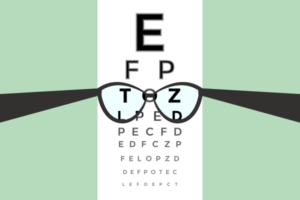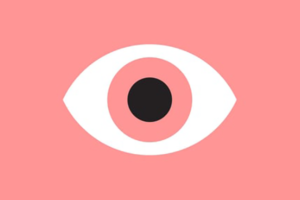What is Myopia?
Myopia, or Nearsightedness, is a condition that can occur in children. It’s when objects close up appear clear, but at a distance they become blurry and out of focus. Myopia in children will generally continue to increase until they are approximately twenty years old. As this occurs, their vision may get significantly worse every six months to a year.
Why is Myopia in Children Bad?
High myopia is scientifically proven to be associated with an increased risk of developing a threatening eye disease later in life. Some of these diseases are cataracts, glaucoma, macular degeneration and retinal detachment. (www.ncbi.nlm.nih.gov/pubmed/8484366)
What if my Child Wears Glasses or Soft Contacts Regularly?
Myopia in children will continue to progress even if glasses or soft contact lenses are worn on a regular basis.
Why is My Child’s Vision Getting Worse?
Genetics plays a huge role in determining the amount of myopia in a child, as well as their environment. Research shows that if one parent is nearsighted, then the child has two times the risk for developing myopia. If both parents are nearsighted, then the child has five times the risk. It has also been shown that strain put on the visual system, by doing a lot of close work such as extensive reading or computer use, can also cause myopia to worsen. Because of this, researchers suggest kids spend more time outside and reduce time spent on computers, cell phones, and other digital devices.
Stay tuned to our next blog to see what can be done about myopia progression. Learn more about how myopia occurs by visiting, “Ortho-K for Myopia Control.”
